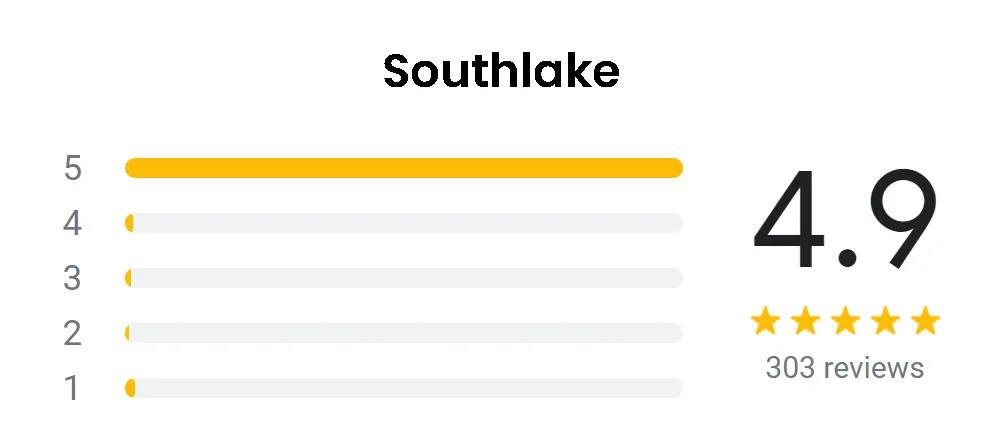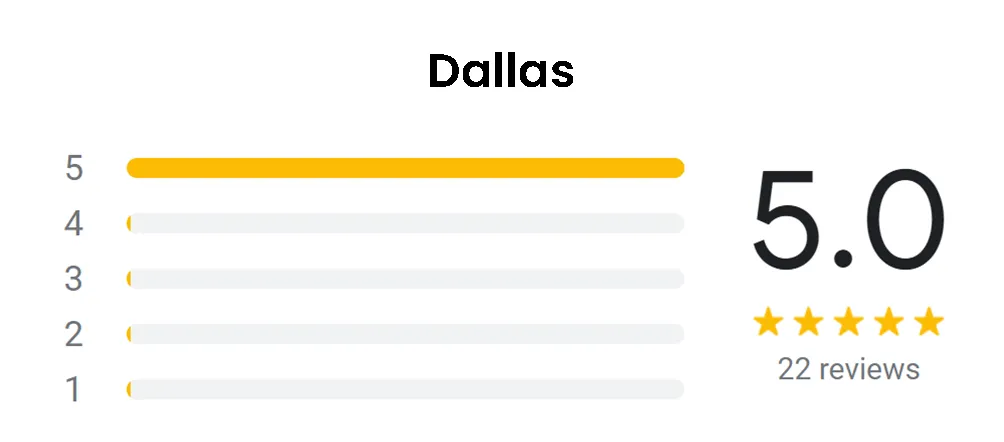
Yup, that's right! In theory one female rat can have up to 204 baby rats a year. A fertile female rat could have a litter averaging 10-12 babies every 3 weeks. She could have up to 17 litters in a year, so she could have 170-204 babies rats a year. Now to make things a little more interesting, a baby rat is fertile after 30 days. So assuming that the first rat has 204 babies and half are female. In just one year with all 102 rats reproducing and half of their offspring reproducing and so on, there can be up to 120,000-150,000 rat descendants per year. Now that is just a little brain teaser for you and that's if all the stars aligned. However, you get the point!

Rats in your attic or living area of your home can create a dangerous environment for both the inhabitants and the home its self. When people think about rats, we think of them living and scavenging at a ground level. However, rats are extremely acrobatic and are great climbers. Rats can easily find their way into your home through roofs, siding, and vents. When rats make their way into your home they do not come alone. Rats bring emotional stress, diseases, destruction, and other unwanted pest.
Rats alike most rodents are nocturnal, which means they begin to search for food, chew, nest, and burrow as you are getting ready to go to sleep. Rats skittering, thumping, and chewing can be very noisy and keep you up at night, wondering what damages are accumulating in your home. Just hearing rats is enough to cause some emotional stress for people as they toss and turn at night.
In our experience, rats are one of the greatest disease carriers in the animal kingdom, and were directly responsible for millions of deaths during the Bubonic plague. Although the plague has died out, rats still have the potential to make people and pets very sick through three methods:

Contamination- If rats have nested in your home consequently, they will find a way into any food source by their nest. Which will likely be your kitchen or food pantry. As rats tear into you bread, coffee, tea, pasta, cereal, etc. they will leave droppings, urine, and saliva behind.
Rats leave a little drop of urine every 3-5 steps which makes their underbellies greasy. As they go over something several times it can create a grease mark. Consuming liquid or food that has been contaminated can be potentially very dangerous for humans. Diseases transmitted via contamination are Hantavirus Pulmonary Syndrome, Leptospirosis, Salmonellosis, Rat Fever (Epidemic Arthritic Erythema) amongst others.
Bites & Scratches- Wild rats are not friendly. Although they likely will not attack a person, if cornered they will bite and scratch. If you are bit or scratched by a rat you must see a doctor immediately to ensure you do not contract Tetanus or Rat Fever (Epidemic Arthritic Erythema).
Fleas, Rat Mites, Ticks- When we provide our rat removal service, we have found that rats also bring other pest like fleas, rat mites, and ticks. Rat Mites being the worst of the three are also the most difficult to rid from your home. Rat Mites can live off of any blood source and warm body, so they will stick around well after your rodent issue has been solved. Most complaints due to rat mites involve clients waking up with very itchy bites primarily on their torso. Rat Mites are heat seeker are typically picked up prior to going to bed. During the night rat mite will bite repeatedly and since they inject an anticoagulant saliva, the bites will not itch for hours.
Rats teeth are constantly growing. In order to keep rat’s teeth short and trimmed to prevent them from growing to big they must chew wood in the wild. Unfortunately, when rats make their way into your attic, they tend to chew electrical wires, insulation, piping, and ducting. One of the biggest safety concerns when having rats in the attic is electrical fires. In the last 10 years rodents have been responsible for 8% of all fires in the U.S due to chewed wires. Sadly, most homeowner insurance policies do not cover fires caused by rodents.

In addition to direct damage, rats can fit into holes just under an inch which basically makes your entire home a possible entry point. Once the rodent has found a hole in a wall allowing them to enter your home, they will make the hole a prime growling area. Over the course of time the inch sized hole will become big enough to allow bigger rodents in. This is typically how homes get squirrels, opossums, and raccoons.
Rats in your attic may seem like an easy task to handle by yourself but there is a lot to go along with rats in the attic. Critter Stop has you covered though! We offer an in-depth permanent solution to rid a home of rats, keep other rats out, and properly decontaminate and sanitize a home. Critter Stop begins by removing the rodents either by a live trap or a one-way valve. Once the rat is removed, we will seal all possible entry points to prevent re-entry of ANY RODENTS (NOT JUST RATS).
Followed by the sanitation process. Which for rats can be as simple as just fogging or as complex as removing the insulation. Our crews show up in hazmat suits and respirators. We remove all the attic insulation, droppings, and debris down to the bare decking and sheet rock. Inspect all wires, ducting, and piping for chewing. If needed, replace ducting.
Followed by fogging the entire attic, killing all micro-bacteria, biological markers, pheromones, and scent markers left behind by the rodents. Perform mild preparation work to the attic and then blow-in brand new insulation. Critter Stop also offers the most in-depth Lifetime Guarantee in the Dallas-Fort Worth Metroplex. Call us at (214) 234-2616 to schedule to put an end to your rat problem now!
Visit our Critter Library and learn more about our furry friends







